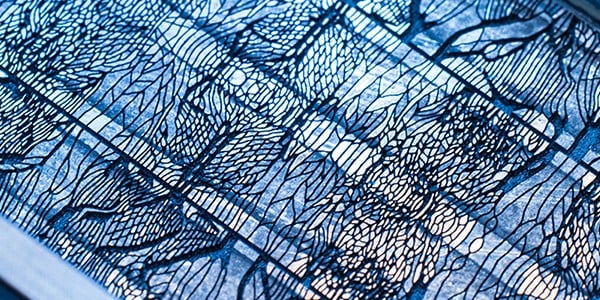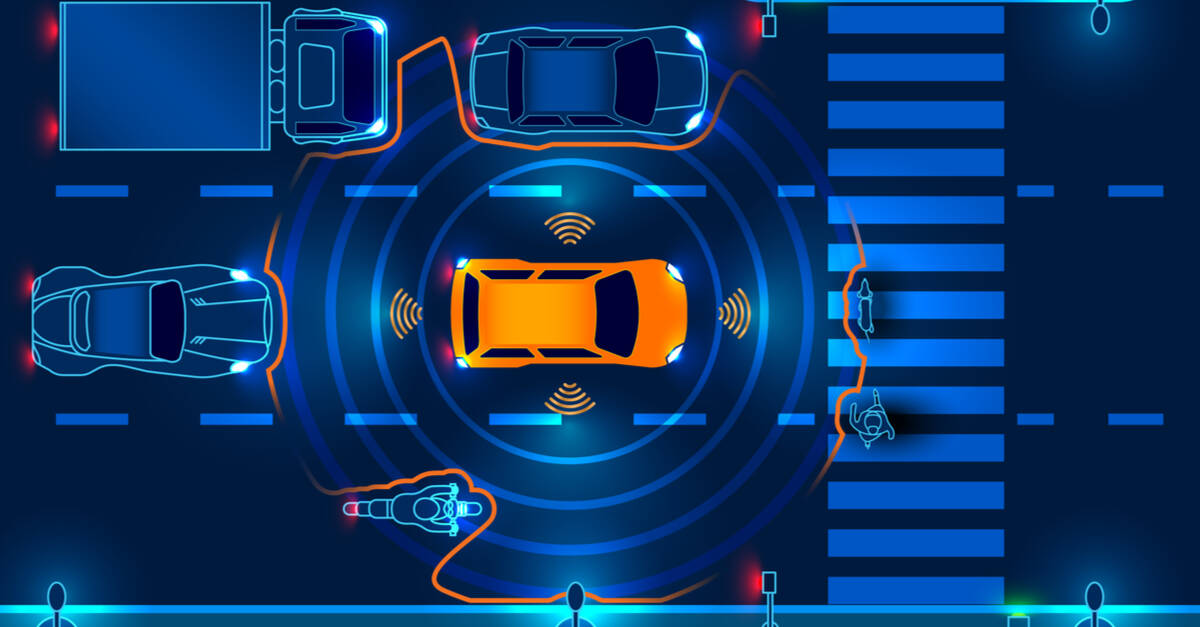Revolutionary Soft Robots: How Tiny Films on Water Could Change Our World!

Imagine a robot so light it can float on water like a bug, all thanks to groundbreaking technology from the University of Virginia. This isn't just sci-fi; it's the exciting new reality of soft robotics!
The innovative engineers at UVA have developed a groundbreaking method that allows them to create delicate, soft films floating on water, transforming them into agile swimming or walking robots. This breakthrough tackles a major challenge in the field of soft robotics: how to move fragile materials from laboratory settings to real-world applications without damaging them.
The Fragile Nature of Robotics
Soft robots typically rely on ultra-thin films that can bend and react to various stimuli, like heat and light. Traditionally, these films have been crafted on hard surfaces, only to be painstakingly peeled off and transferred to water, a process fraught with complications. Wrinkles, tears, and other mishaps often render these creations useless by the time they reach their intended environment.
However, professor Baoxing Xu and his team bypassed this problematic transfer process entirely. By growing their soft films directly on the water, they ensured a perfectly flat surface and reduced the chances of failure significantly. “Instead of building on a rigid surface and then transferring the device, we get the liquid to do it for us,” Xu explains.
Meet HydroSpread
This innovative technique, dubbed HydroSpread, uses surface forces to drop polymer ink onto water, where it spreads out into a uniform, ultrathin layer. Once the film hardens, a precise laser cuts out intricate shapes like fins or legs. The result? A bilayer film that bends and moves in response to heat, powering the robot's motion.
To showcase this new method, the team created two miniature robots: HydroFlexor, which swims across the water, and HydroBuckler, which “walks” by mimicking the leg movements of insects. Both prototypes, powered by infrared heaters, demonstrated graceful motions without relying on bulky motors or batteries, suggesting a future where these robots could operate autonomously using just sunlight or embedded heaters.
Potential Applications
The implications of this technology are vast. HydroSpread robots could serve as environmental monitors, checking lakes for pollution or assisting in search-and-rescue missions in dangerous terrains. They have the potential to revolutionize medical devices, enabling wearable technologies that conform to the body seamlessly, and electronics production, creating flexible devices that can withstand stress far better than traditional materials.
While the technology is still in its early stages, challenges remain, like developing realistic power sources for outdoor use and improving speed and efficiency. However, the promise of HydroSpread represents a monumental leap in soft robotics, taking us one step closer to functional machines that can thrive in diverse environments.
The research findings are available in the journal Science Advances, marking a significant milestone in the journey of soft robotics from lab experiments to real-world applications.


























